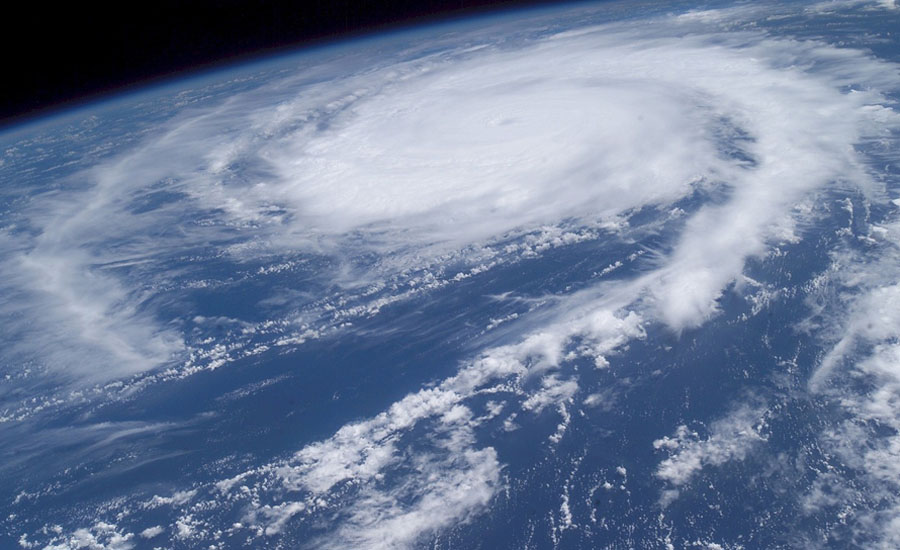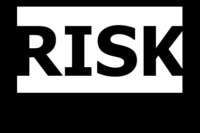What workers are at increased risk of injury during hurricanes or tornadoes?
While most workers can stay inside during such a storm, some workers may be required to go into the storm. This may include utility workers, law enforcement personnel, firefighters, emergency medical personnel, federal, state and local government personnel (such as sanitation and highway workers), and military personnel. Many of the hazards occur to workers immediately after the storm has passed, such as during cleanup and utility restoration work. These activities are even more hazardous in areas of flooding, which are often caused by these storms.
What kinds of safety and health hazards are associated with hurricanes or tornadoes?
Some of the specific hazards associated with working in hurricanes or tornadoes include:
- Hazardous driving conditions due to slippery roadways
- Slips and falls due to slippery walkways
- Falling and flying objects such as tree limbs and utility poles
- Electrical hazards from downed power lines or downed objects in contact with power lines
- Falls from heights
- Burns from fires caused by energized line contact or equipment failure
- Exhaustion from working extended shifts
- Dehydration
What hazards exist when repairing downed or damaged power lines?
Repairing downed or damaged lines entails many of the activities involved in installing and removing overhead lines and in general maintenance on overhead lines. The crucial difference is that in emergency conditions there are unknown hazards and the potential for changing hazards as work progresses. Under these conditions workers must be extra vigilant and cautious. Potential hazards include:
- Electrocution by contacting downed energized lines, or contacting objects, such as broken tree limbs, in contact with fallen lines.
- Falls from heights.
- Being struck or crushed by falling poles, towers or parts thereof, or tree limbs.
- Being injured in vehicular accidents when responding to an emergency situation.
- Burns from fires caused by energized line contact or equipment failure.
What protective measures should be utilized when working on or around downed or damaged power lines?
Stay well clear of any downed or damaged power lines. Establish a safe distance from the lines and report the incident to the responsible authority. Only properly-trained electrical utility workers should handle damaged power lines. Electrical utility workers should first assess the hazards present in order to minimize the chances of exacerbating the situation. Ideally the lines involved should be de-energized, but this may not be possible in all situations. When working on downed or damaged power lines, electrical workers should utilize proper electrical safety work practices and personal protective equipment, as usual. What hazards exist when removing downed trees during a hurricanes or tornadoes, and what safety precautions should be taken? When these storms occur, downed trees can block public roads and damage power lines. Emergency crews are often sent out to clear downed trees during these storms. Potential hazards include:
- Electrocution by contacting downed energized lines or contacting broken tree limbs in contact with fallen lines.
- Falls from trees.
- Being struck or crushed by falling tree limbs.
- Being injured by emergency equipment such as chain saws and chippers.
- Proper PPE, including gloves, foot protection, eye protection, fall protection, hearing protection and head protection, should be used when using chainsaws and chippers to clear downed trees. Only appropriate power equipment that is built to be used outdoors and in wet conditions should be used. All saws, chippers, and other tools should be used properly and according to their intended application. It is important that all equipment is well-maintained and functioning correctly in order for use. In addition, all equipment should have proper guarding, working controls, and other safety features as installed by the manufacturer.
What should I do if I am in my vehicle when a hurricane or tornado occurs?
Drivers in the hurricane's path who are not going to be driving their car should park it on high ground, as close as possible to a sturdy building, and seek shelter as quickly as possible. Avoid driving through standing water. If you come upon a flooded street, take an alternate route. In the case of tornados, if you are in your car you should stop your vehicle and get out. Do not get under an overpass or bridge. You are safer in a low, flat location. If there is no shelter immediately available, you should avoid trees and vehicles. Lie down flat in a gully, ditch, or low spot on the ground and protect your head with an object or your arms. If shelter is available, move to the basement or a Safe Room. Stay away from the windows and glass doorways. Go the center of the room, staying away from corners, and make yourself the smallest target possible. If an underground shelter is not available, move to a small interior room or hallway on the lowest floor and get under a sturdy piece of furniture. Put as many walls as possible between you and the outside.
Source: OSHA


